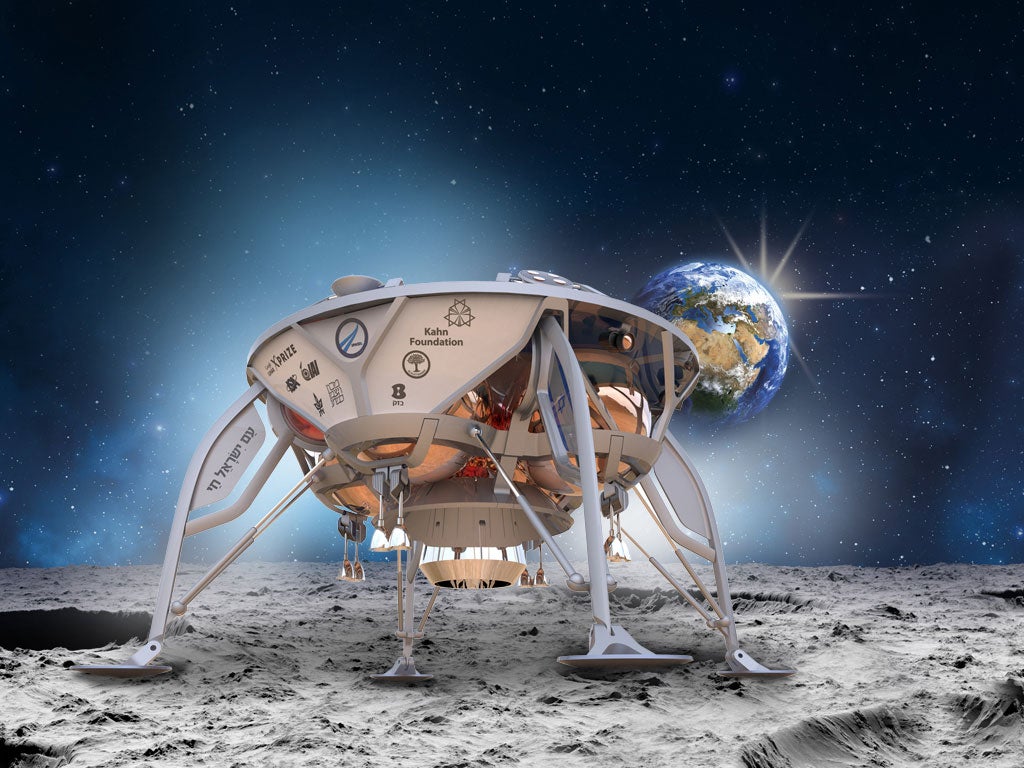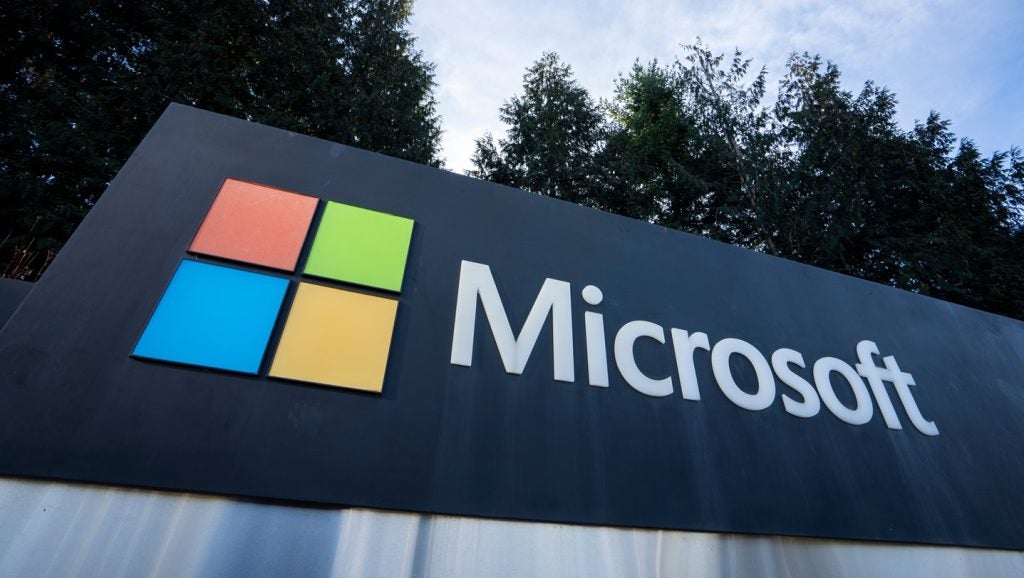
The first ever privately funded lunar lander will be launched this month aboard a SpaceX Falcon 9 rocket.
Part of two payloads by mission management and satellite rideshare provider Spaceflight, it will be the smallest spacecraft to ever land on the moon, weighing 600kg, or 1,322lbs.
Developed by SpaceIL, an Israeli non-profit, it will be carried by SpaceX’s Falcon 9 to geosynchronous transfer orbit (GTO).
From there it will separate using a custom system, and orbit the Earth at increasingly greater distances from the surface until it is caught by the Moon’s own gravity.
It will then land under its own power, completing the entire process in around two months.
Private lunar lander to launch in mid-February
The private lunar lander is named Beresheet, which is Hebrew for ‘in the beginning’, in acknowledgement of its pioneering place in the private space industry.
According to Spaceflight, it will be launched “no earlier than mid-February 2019”, from Launch Complex 40 at Florida’s Cape Canaveral Air Force Station.
Once it lands on the Moon, it will record photos and videos of the surrounding lunar landscape, as well as completing scientific measurements, all of which will be transmitted back to Earth.
However, Beresheet’s trip will be one-way. Once it has completed its mission it will remain on the Moon’s surface as a time capsule.
Other payloads on the lunar lander mission
While the world’s first private lunar lander is likely to be the most momentous payload aboard this particular mission, there are a number of others that will have more immediate impacts.
Spaceflight’s primary payload is a telecommunications satellite built by SSL, which will serve South East Asia. An experimental small satellite for the US Air Force Research Lab, S5, will also be on board.
“This is an important mission for Spaceflight as we expand and evolve our customer offerings,” said Curt Blake, CEO of Spaceflight.
“The launches we pursue continue to get more sophisticated and demonstrate that our expertise goes beyond identifying and scheduling launches.
“We also offer valuable integration and deployment services that enable our customers to reach space in a cost-effective manner and get to their desired orbit successfully. With this mission, Spaceflight is demonstrating that the Moon is in reach.”







